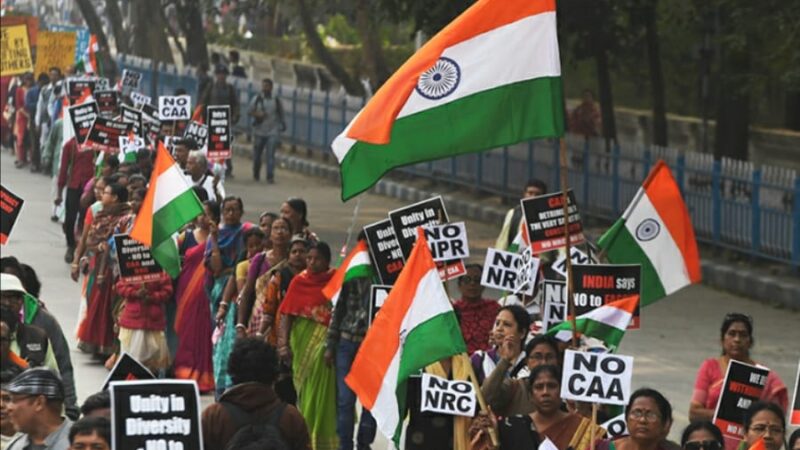Objectifying women in Indian Cinema

Bollywood has often stared at a woman with contempt. Not only have the women been depicted in disparaging terms but the sobriquets used to define them ‘Munni Badnaam, Sheela ki jawani, Chikni chameli, etc’ are scurrilous. Moreover, nowadays to watch on-screen kiss and sex scenes which were considered a taboo at least until a decade ago have become quite common. Item songs, showing women donning skimpy outfits have become a mark of every other Bollywood hit. Short of gang-raping women in ‘item numbers’, men seem to do everything else: leer at her, salivate at her, tease her, pinch her and even touch her together in a group. This is really shocking but, Bollywood top-grossers include movies like” Mastizaade, Kya kool hain hum 3”. In a recent United Nations sponsored study conducted by a leading California-based journalism school, Indian films topped the chart in sexualized portrayal of women onscreen. The study also states that 35% of female characters in Indian movies are shown with some nudity, the study reports. That’s not all. The study found that female characters in Indian cinema make up less than one-quarter of all the speaking roles! This isn’t the first time stereotyping and sexualisation of women in Indian cinema has been talked about; however, the fact that it has ranked so high on an international survey has come as a surprise. “The objectification and sexualisation isn’t restricted to clothes alone. The manner in which a female character is addressed in some of the dialogues and songs clearly suggest references to her sexuality and how the man is going to exploit it. It’s akin to raping a woman with words,” actress Taapsee avers. Do we have anything to do with Bollywood? In India, Bollywood plays an important role in transmuting and influencing lives of people. We can get influenced by watching something in a meagre duration of few minutes, and then you can imagine the impact of this Bollywood overdose from years. Even after so many crimes and rapes taking place every other day, we see hardly any discernible effect in the way such movies are made and it is getting worse day by day. For most Indian men, social interactions with the opposite sex are severely limited. What they see on screen, guides much of their perceptions of women. Portraying women as sex objects has far-reaching ramifications from normalizing eve-teasing and stalking, to glorifying rape and murder. Women feeling a sense of safety in India is unquestionably in danger. What’s the way out? One person who has never even gone close to objectifying a woman, but has instead done just the opposite, is Shyam Benegal. His women are strong, speak and act their minds and fight injustice in the system (Mandi, Hari Bhari, Zubeidaa, Mammo, Sardari Begum etc.). Script-writers must focus on women-centric films and instead of objectifying a woman, focus on depicting the reality of the Indian society. Even feminists are quick to judge men but they forget that until and unless women themselves stop their own sexual objectification, their status is bound to remain where it is today. Shouldn’t cinema be a medium to bring a change in our society rather than keep re-instilling derogatory and regressive values prevalent since the dark ages? ———— ABOUT THE AUTHOR: This article is written by Nandini Gupta.






